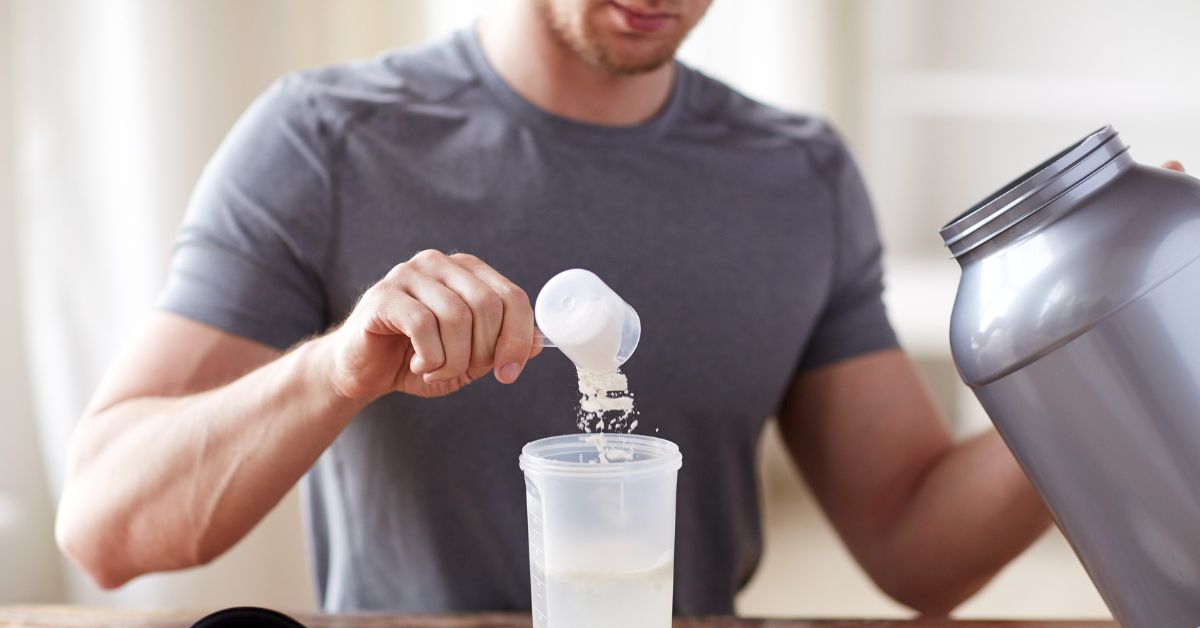A sore throat vs. strep throat is something a lot of people contemplate when feeling under the weather. However, strep throat is actually a form of a sore throat.
Strep throat is a sore throat that’s infected with a type of bacteria called Group A Streptococcus. However, sometimes it’s difficult to figure out if you or your child has an allergy sore throat, sore throat from a viral infection or strep throat.
Common symptoms of strep throat include:
- Sharp throat pain when swallowing
- Swollen lymph nodes in the neck
- A sore throat that comes on quickly
- A fever of 101 degrees Fahrenheit or higher
- Unusual red spots or white patches in the back of the mouth or on the tongue
You should note that adults with strep throat can have milder symptoms than children. You or your child may also have symptoms that are less common, such as a headache, stomach pain or nausea.
When considering a sore throat vs. strep throat, it’s probably a viral sore throat or common cold if symptoms only include a cough, runny nose or hoarse voice. However, don’t rule out an allergy sore throat if these symptoms are also accompanied by itchy eyes.
Who is most likely to get strep throat?
School-aged children and teenagers are more likely to get strep throat than adults. But because people with strep throat are highly contagious, adults often get it, too.
Strep throat is common during the school year when kids spend more time indoors together, like during the winter months. Often, kids carry strep bacteria in their throats or on their skin. Some children who carry the bacteria don’t show any symptoms, but others do. Although the bacteria can spread easily from one person to another, washing your hands often reduces the spread of strep bacteria.
Can strep throat go away on its own?
If you think that you or your child has strep throat, it’s important to seek medical care right away. Though strep throat may clear up without treatment, it’s possible the infection could lead to severe problems.
“Aside from not feeling well due to a sore throat, if you or your child has strep throat, it is important to get treated to prevent spreading of the infection to others,” Jeremiah A. Davis, MD, MPH, a primary care physician at Mercy Health – Avondale Primary Care, shares. “In addition, timely treatment can prevent an infected individual from developing complications of the infection like throat abscess, ear infection, joint pains and even kidney issues.”
Rheumatic fevers can happen as well, though they typically affect children between 5 and 15 years old, according to the Centers for Disease Control and Prevention. However, if a rheumatic fever is not treated, it can cause serious health complications, including long-term heart damage.
Who can diagnose strep throat?
Luckily, a rapid strep test and regular strep test are available to help diagnose this condition. A health care professional takes a simple throat culture by swabbing the throat and tonsils. They then put the culture into a machine that analyzes the bacteria, and the machine gives results in several minutes. In some cases, the provider may also send the culture to a lab to see if strep bacteria are present.
You can get tested for strep at your primary care provider’s office. However, what if you or your child needs to get tested over a holiday, the weekend or another time when your primary care provider is not available? In that case, urgent care locations are also a great option for strep testing.
How do you treat strep throat?
Because strep throat is a bacterial infection, confirmed cases are given antibiotic treatment. Your provider may prescribe antibiotics in a pill form for you to take, or they might give you an injection of antibiotics.
There are several different antibiotics that can treat strep throat, including:
- Penicillin
- Amoxicillin
- Cephalosporins
- Macrolides, including the Z-pack
It’s important to take all the antibiotics prescribed to you. Only taking some of the medicine could cause your symptoms to return.
Also, watch for side effects while taking antibiotics. If a rash, swelling or breathing problems develop, it could be an allergic reaction to the medicine.
How long does it take to recover from strep throat?
Strep throat is contagious until you or your child no longer has a fever and has been taking antibiotics for 24 hours. Overall, strep throat symptoms usually improve a day or two after starting antibiotics. But during this period, it is important that you or your child should stay home to avoid spreading strep.
If symptoms get worse, call your health care provider right away. Sometimes, strep throat bacteria are resistant to one kind of antibiotic. If that happens, your provider can prescribe another type of antibiotic.
You can also try to gargle with warm salt water, as that is a home remedy people use to relieve some strep throat symptoms while recovering. It is also important to make sure you or your child don’t share dishes, glasses or towels with anyone else during recovery.
When the course of antibiotics is finished, strep throat is typically gone. So, with proper treatment, it should take you about seven to 10 days to recover from strep throat.
Now you know about sore throat vs. strep throat and much more!
Learn more about strep throat as well as the primary care and urgent care services we provide at Mercy Health.






